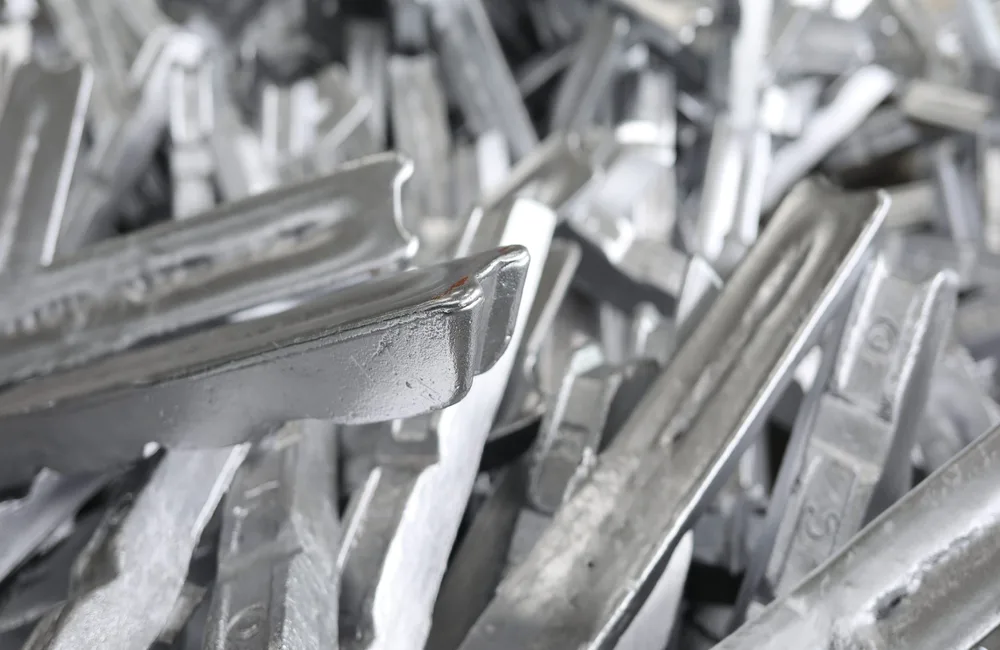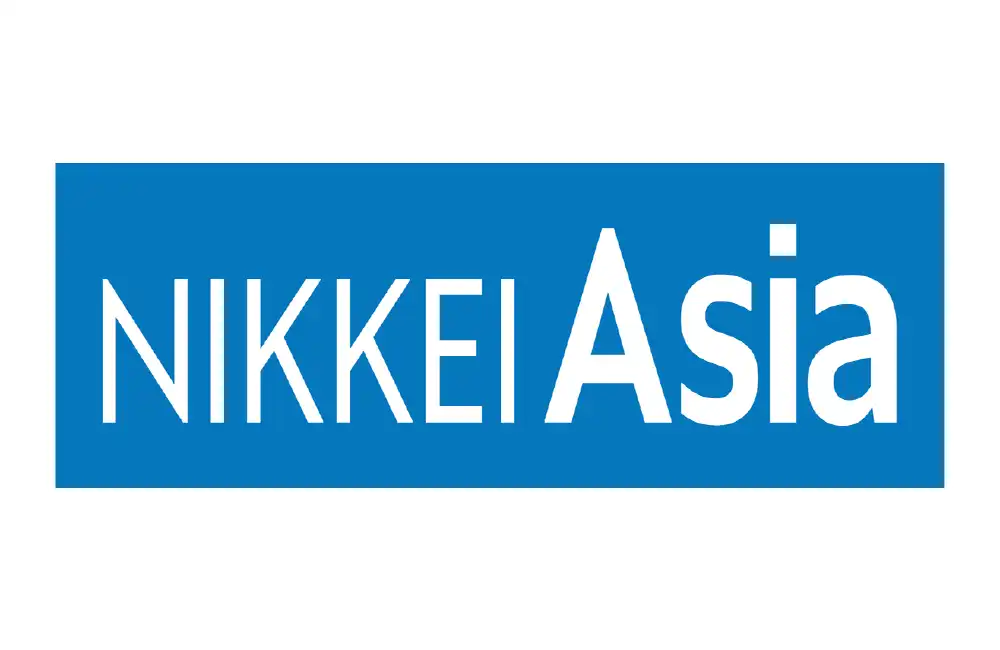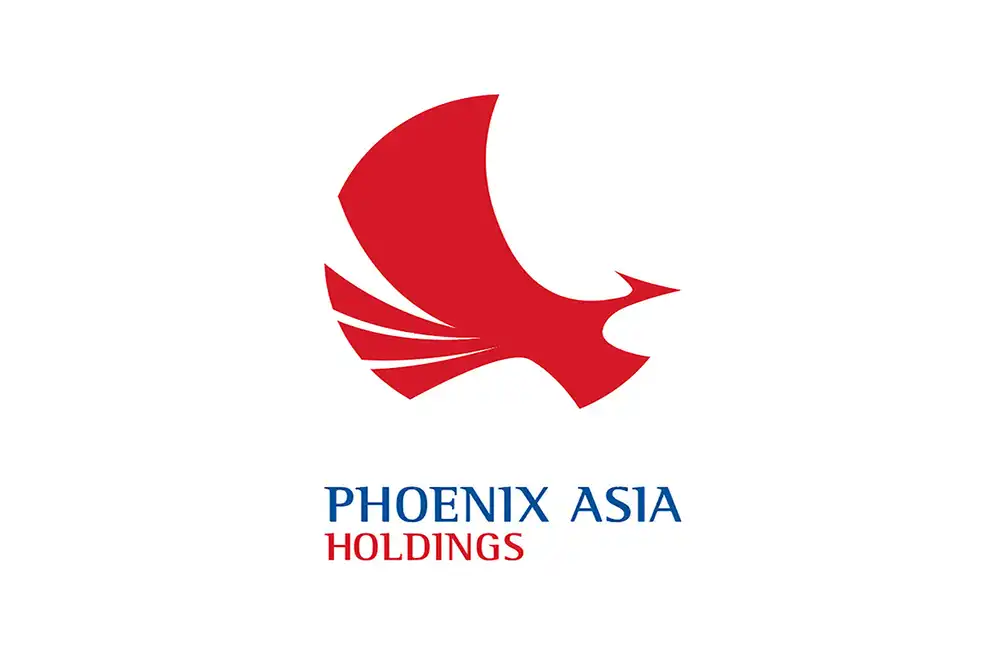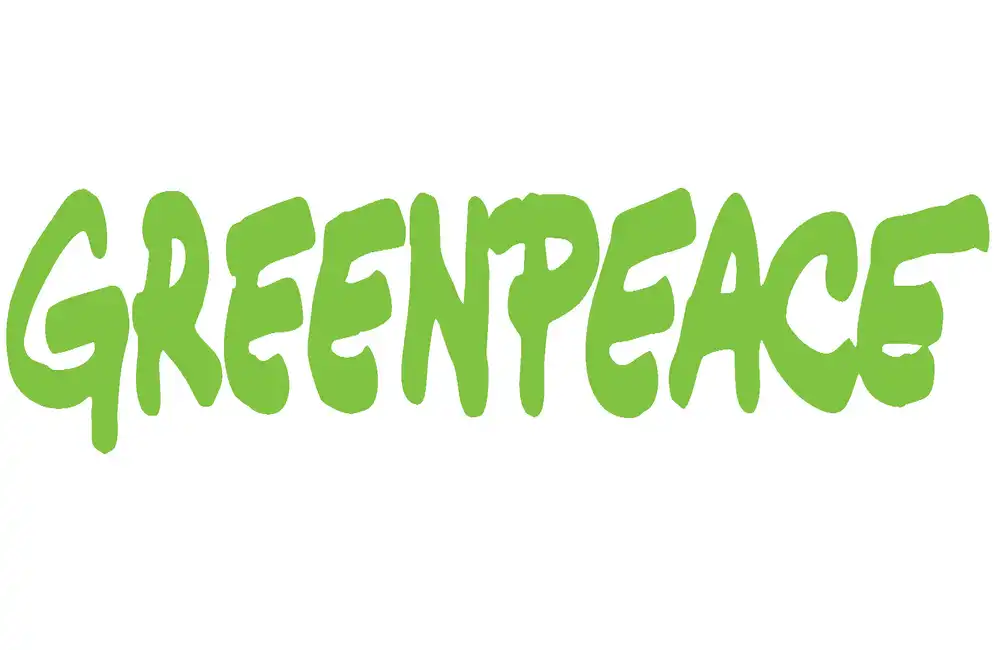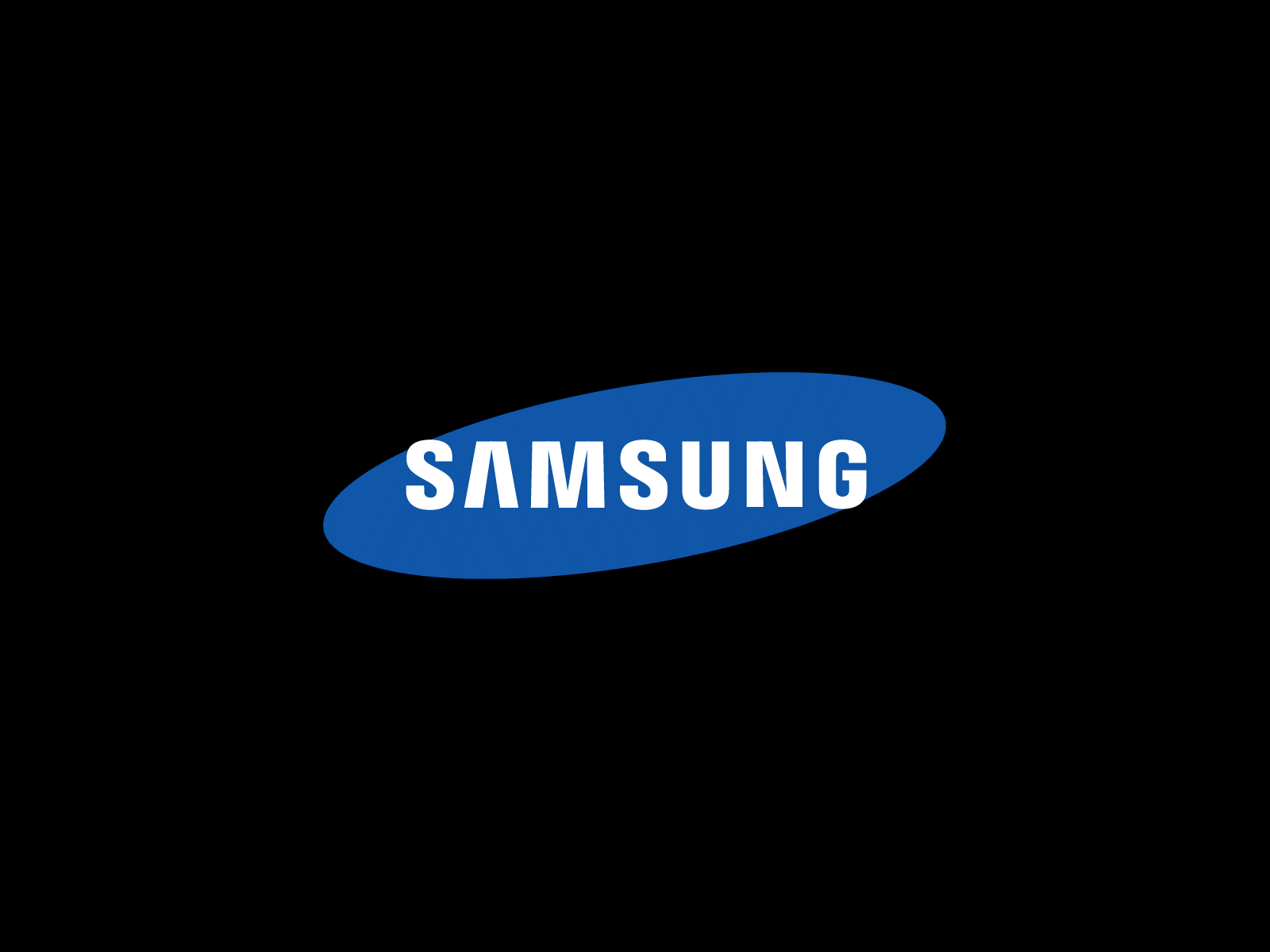Russia’s invasion of Ukraine is likely to influence global aluminum supply and prices significantly, and the news raised nickel prices on the Shanghai Futures Exchange to a record high Feb. 24.
On Feb. 24, the most-active nickel contract traded on the Shanghai Futures Exchange reached its ever-highest market on wider concern in the market over inventories and delays in exports into China.
The SHFE nickel contract for April delivery settled at an all-time high of Yuan 179,540/mt ($28,396.8/mt) on Feb. 24, up 2.46% on the day and 26.1% on the year, according to SHFE data.
The most-active aluminum contract for April delivery on the SHFE also extended its stay above the key level of Yuan 22,000/mt and ended Feb. 24 at Yuan 22,950/mt, up 0.6% from the last close, SHFE data showed.
Aluminium prices have traded at high levels in recent weeks on supply worries after European primary alloy smelters were forced to curb their output amid an energy crisis as they approached 2022.
The invasion has added to the uncertainty around Europe's natural gas supply, however, with fears over tight global supply and high prices. Sources said EU output restrictions could deepen.
However, according to some industry sources, the United States may refrain from penalizing Russia's aluminium exports because of the trade flow problems that confronted the world markets four years ago.
Rusal, based in Russia, is one of the biggest aluminium producers in the world and an important part of global supplies.
Sanctions imposed in 2018 by the US on Rusal's operations resulted in acute supply tightness, spiking global aluminium price to a seven-year peak and swollen production costs for downstream manufacturers substantially.
Rusal's total production of aluminium in 2021 was 3,760,000 mt, the company said in its annual report on Feb. 9.
A closed import arbitrage window because imports there are expensive at the moment on the back of European output cuts means China’s demand for primary aluminium remains muted.
Nickel situation
Russia is a key delivery product to the SHFE in this particular case, while the full-blown crisis puts the battened-down hatches on SHFE nickel warehouse receipt volume, something industry sources said was already tight.
SHFE’s refined nickel stocks were at 16,000 mt in the week to Feb. 18, a drop of 1,300 mt on the previous week which the SHFE data confirmed to be a historic low level.
According to the latest data released by state-run metal consultancy Antaike, China's 2022 nickel demand is expected to jump to 1.655 million mt, up 7.3% on an annual basis, and global nickel demand in 2022 will increase 9.4% on the year to 3.05 million mt.
Apart from nickel's essentiality to global development, China is undergoing explosive growth within its new energy vehicle space, and its demand for this metal has greatly increased.
Nickel's share in NEV power battery increased to 15% in 2021 from 10% in the previous year, according to Antaike data.
As Russian nickel has managed to earn an indispensable position in the nickel market of China, based in Suzhou, Soochow Futures. Some of the contracts of around 350,000 tonnes this year by nickel, when impacted with (ban on) Russian nickel exports (in the future), could reflect and tighten nickel supply in China, and further squeeze SHFE's nickel warehouse receipt volume, it said.
The Russia-Ukraine crisis could also put pressure on global nickel supply, Guangzhou-based Huatai Futures said.
Russia's mined nickel output of 146,000 mt in 2021 made up 5% of global production, and should the conflict escalate, this would potentially put weight on the global nickel supply, Huatai said.
China imported 46,000 mt of nickel ingot from Russia in 2021, or 18% of the national nickel imports, its customs data showed.
Nickel supply during the short term may tighten due to the deepening crisis in the Black Sea region, though industry analysts said it can let up on expectations that Indonesia will begin gradually increasing nickel output capacity later this year.
But the biggest impact from the Russia-Ukraine crisis could be the worsening of the energy shortage, which would not only cut Russia's metal capacity, but possibly also hit the nonferrous metals output capacity in Europe, analysts said.
The Russia-Ukraine conflict might affect the output capacity of Russian and European metal, as rising natural gas prices would increase power costs and thus impact production negatively.
Copper markets
The Russia-Ukraine crisis is likely to influence the copper supply side more than its demand side, sources said.
Selling off now is a large volume of refined Russian copper owned by a major international trader, a concern that the US will impose new sanctions on Russian exports, market sources said.
That backwardation is now causing sellers, especially traders, to liquidate their goods, and they will consequently take a loss, they said.
Russia and Europe produced 886,000 mt copper concentrates and 3.02 million mt refined copper, respectively, in 2021, according to Huatai's data.







